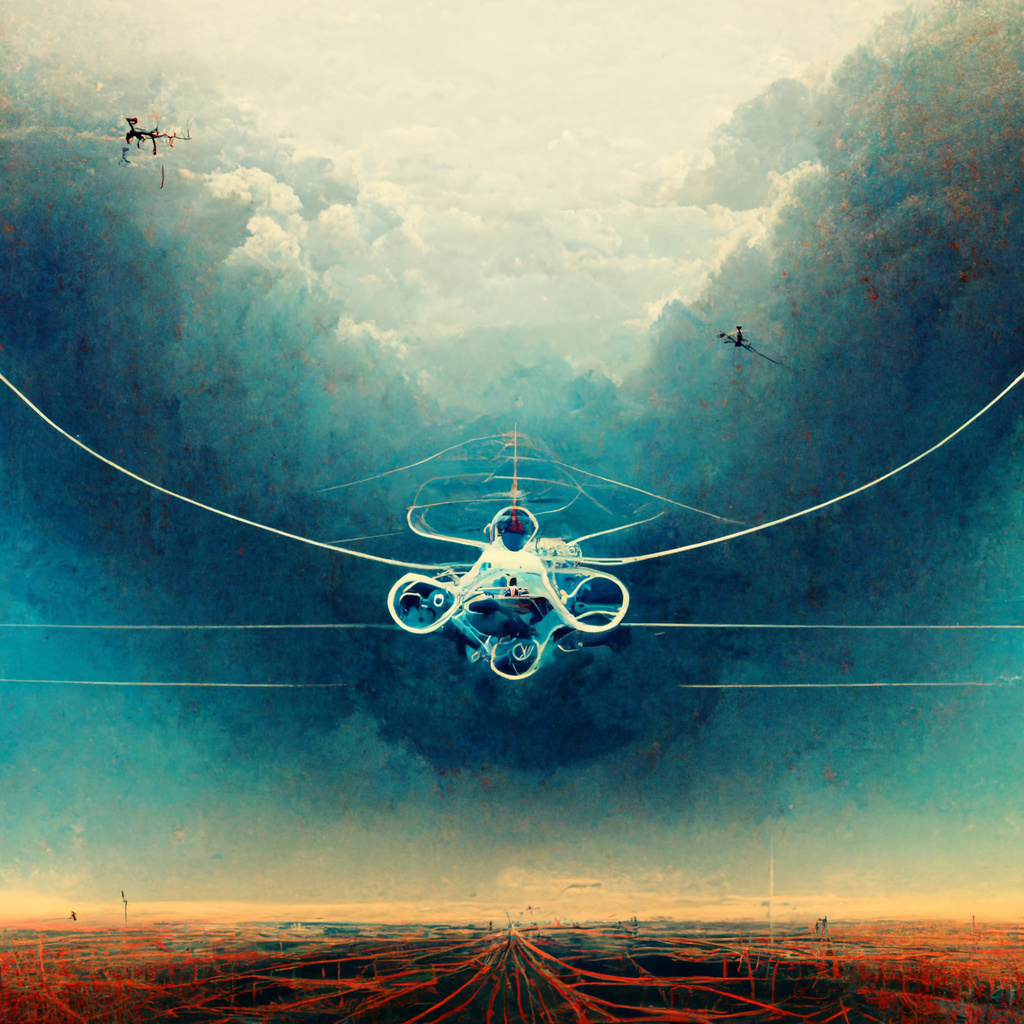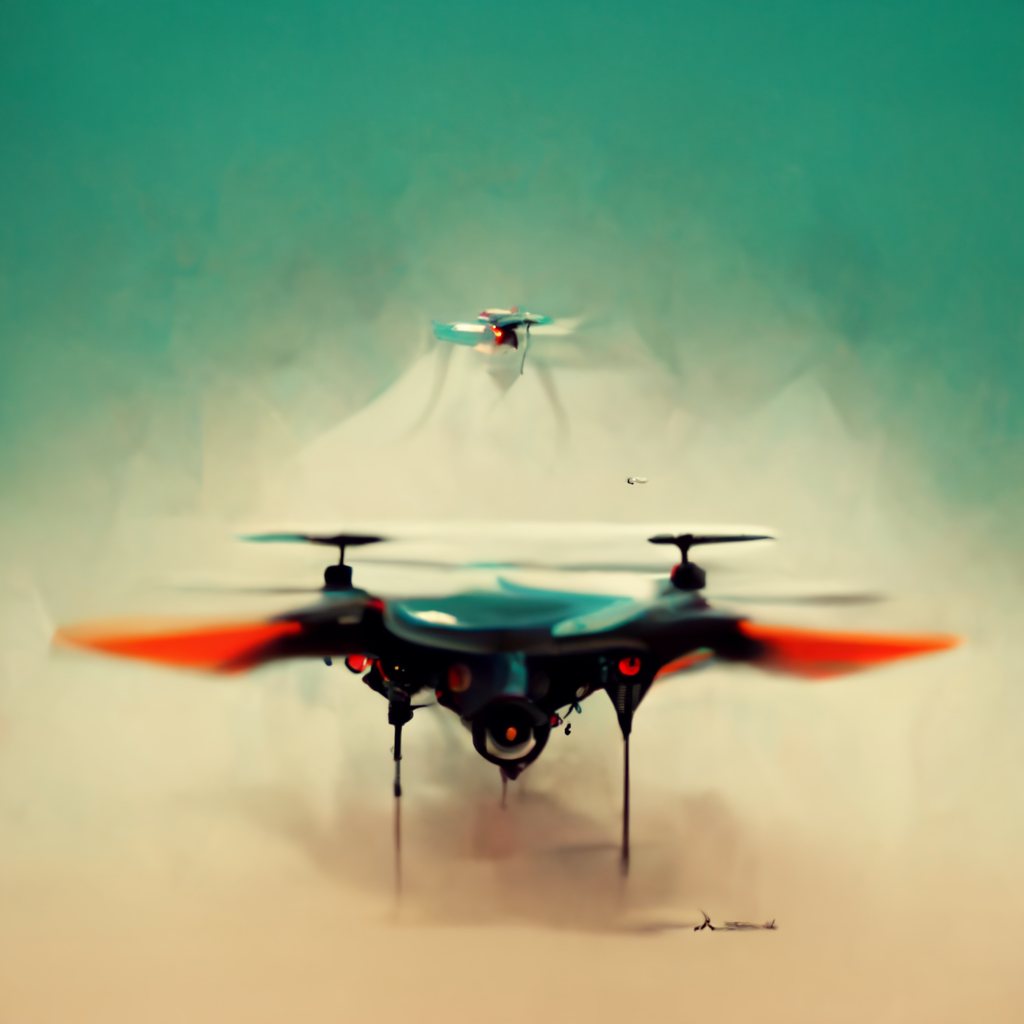A LeadBelt Gaming Guide Series
How It Relates to Racing Performance:
PT1
Understanding the physics of drone flight can help you become a better pilot and improve your racing performance. In this article, we’ll take a closer look at the physics of drone flight, including lift, drag, and thrust, and how they impact racing performance.

Introduction
Drone racing is an exciting and thrilling sport that requires a lot of skill and practice to excel in. In order to become a successful drone racer, it is essential to have a strong understanding of the physics of drone flight and how it affects performance on the racecourse. In this article, we’ll delve into the basic physics of drone flight and explore how it relates to racing performance.
Featured snippet from the web
The drone’s flight is based on the rotation of four vertical axis propellers (rotors) arranged in the corners of a square. As a result of the Newton’s second law, when the drone is hovering at constant altitude the upwards thrust generated by the rotors equals the downward gravitational force on the airframe
Drone physics
Lift and Thrust
The two primary forces that keep a drone in the air are Physics, airlift and thrust. Lift is the upward force that counteracts the weight of the drone, allowing it to stay aloft. Thrust, on the other hand, is the force that propels the drone forward.
In order to generate lift, a drone must create a flow of air over its wings or rotors. This flow of air creates a difference in pressure between the top and bottom of the wings or rotors, which generates an upward force that keeps the drone in the air.
Thrust is generated by the drone’s propellers or rotors. By spinning the propellers or rotors, the drone creates a flow of air that propels it forward.
Drag and Gravity
In addition, to lift and thrust, there are two other forces that affect drone flight: drag and gravity. Drag is the resistance that the drone experiences as it moves through the air. This resistance is caused by factors such as air resistance and the shape of the drone.
Gravity, on the other hand, is the force that pulls the drone towards the ground. It is the force that must be overcome by the lift generated by the drone’s wings or rotors.

The Importance of Understanding Physics in Drone Racing
Understanding the physics of drone flight is essential for success in drone racing. By understanding how lift, thrust, drag, and gravity affect drone flight, pilots can make informed decisions about their racing strategy.
For example, by understanding how lift is generated, pilots can adjust the angle of attack of their drone’s wings or rotors to maximize lift and increase the drone’s ability to climb. Similarly, by adjusting the angle of the drone’s propellers or rotors, pilots can increase or decrease the amount of thrust generated, allowing them to accelerate or decelerate quickly.
Additionally, understanding the physics of drone flight can help pilots make informed decisions about the design and configuration of their drones. By optimizing the shape and size of their drones, pilots can reduce drag and increase their drone’s speed and manoeuvrability.
So, understanding the physics of drone flight is essential for success in drone racing. By understanding how to lift, thrust, drag, and gravity affect drone flight, pilots can make informed decisions about their racing strategy and the design and configuration of their drones. With practice and dedication, pilots can use this knowledge to improve their racing performance and compete at the highest level.
A useful guide can be found here


Comments are closed